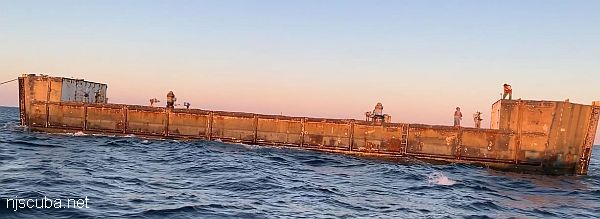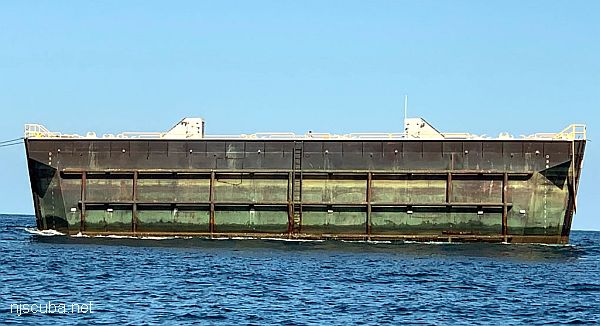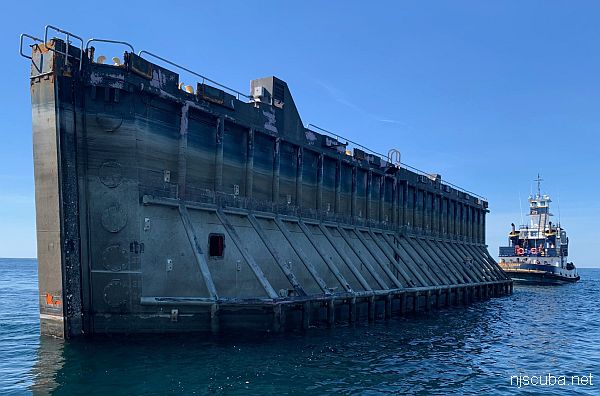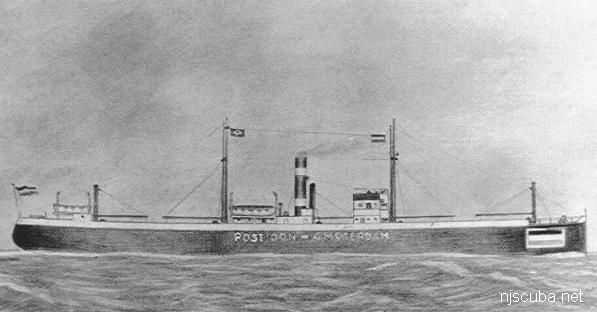caisson

- Type:
- artificial reef, drydock gate
- Specs:
- ( 140' x 40' )
- Sunk:
- Thursday September 26, 2019 - Cape May Artificial Reef
- Depth:
- 75 ft
- GPS:
- 38°50.699' -74°43.023'
A caisson gate is a barrier used to dam off the open end of a drydock and is constructed of heavy gauge steel with several tons of ballast in the keel. Due to the nature of construction and heavy gauge of steel, this deployment will serve as habitat for up to 150 various types of marine species for the next 75 years or more. This project was dedicated in memory of Ed Kramer and sponsored jointly by the Cape May County Party and Charter Boat Association and TheSportFishingFund.org.

Once the structure is fully flooded, it will have no more reason to remain upright, and will likely fall over flat.




Questions or Inquiries?
Just want to say Hello? Sign the .